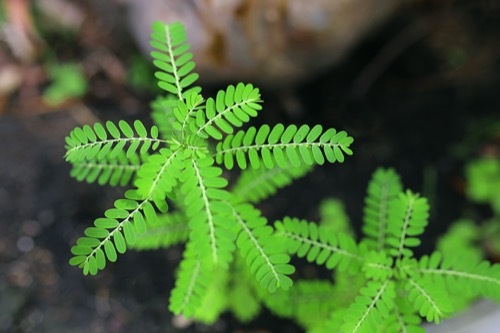
Chamberbitter, also known as gripeweed, is a hardy, upright weed that produces many seeds from the small, lumpy fruits under the branchlets that grow from its main stem. Once you've learned to identify chamberbitter among other plants, keep reading to find where it's likely to be found around your home or property.
These weeds can be confused with a plant of similar size and structure, the Partridge Pea, a welcome pollinator plant. Those friendly plants display a large, bright yellow blossom, and are easy to identify in that way. Chamberbitter has small greenish flowers instead.
When Am I Likely to Find Chamberbitter?
Chamberbitter loves warm soil and warm weather to thrive. Germination usually occurs in the late spring and early summer, depending on the climate. When the soil temperature reaches 70 degrees F, chamberbitter weeds will begin to show themselves and begin their growth into upright stalks.
Where Does Chamberbitter Grow Best?

In the United States chamberbitter is found primarily in the south, especially in Florida, Georgia, Alabama, Mississippi, Texas, New Mexico, Virginia, and South Carolina. It does appear as far North as Illinois.
In lawns, it can grow well in both shady and full-sun areas, but prefers warm soil, so keep an eye out for this unwanted weed as you work around your home or business. Chamberbitter can also grow quickly in landscaped beds if it receives enough light to germinate.



